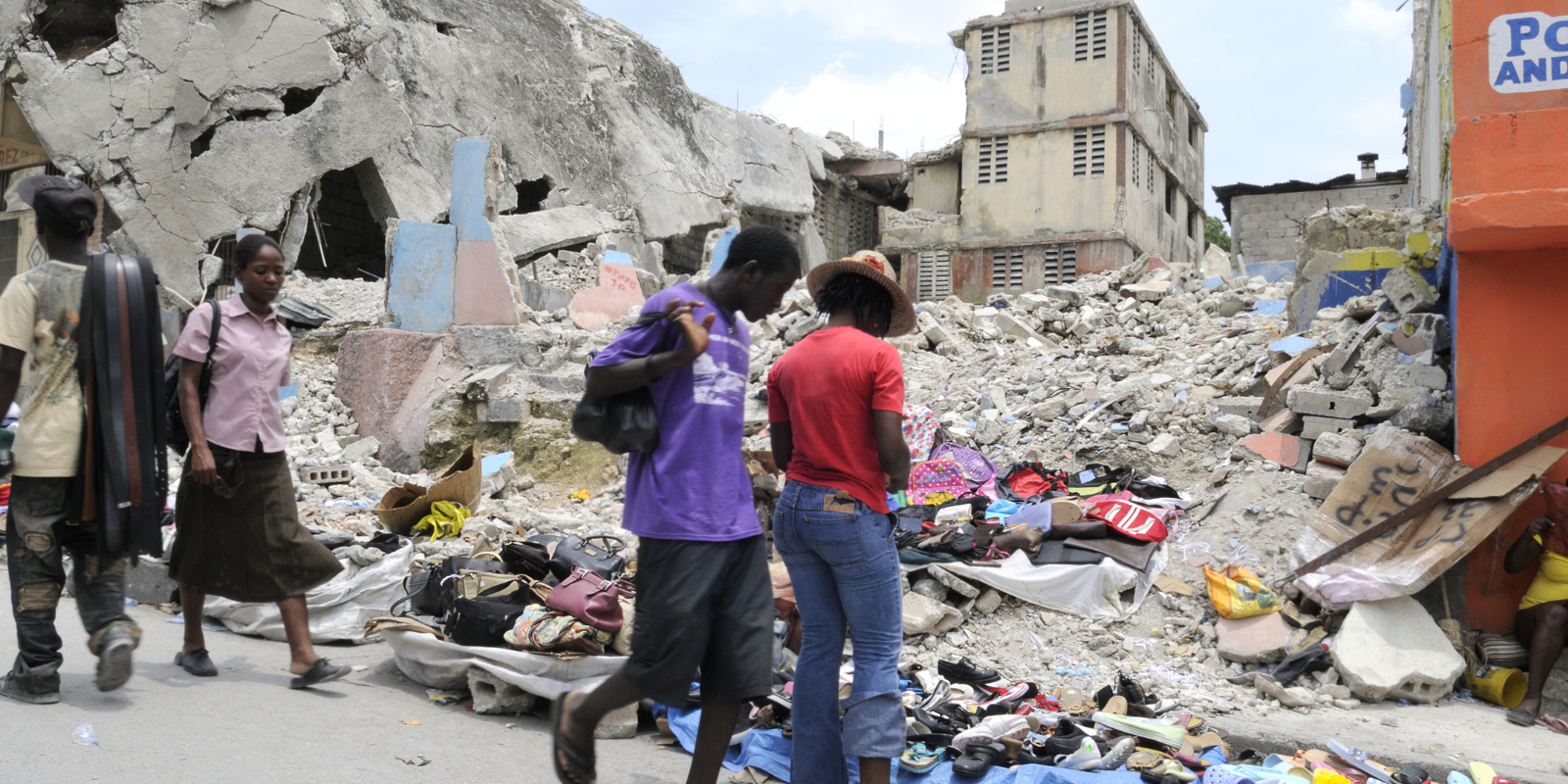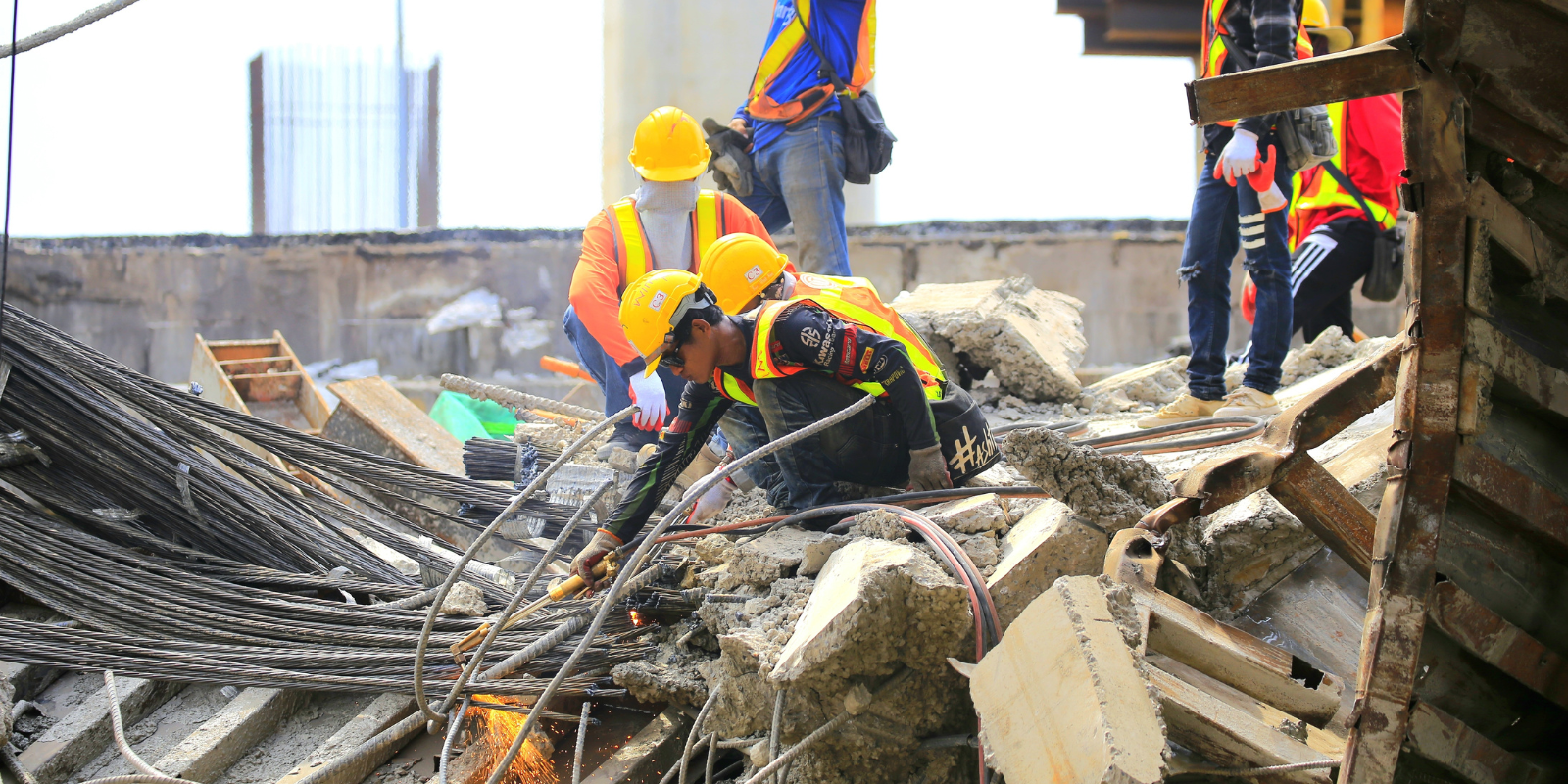How can I prepare for an emergency?
As the Marshall and Middle Fork fires so vividly reminded us, emergencies can develop in a matter of minutes – preparation is vital. These five steps can help:
- Create a family communications plan. If your home is destroyed or inaccessible, where will you meet? Is there a local “go-to” person (friend or family member)? Designate a friend or distant family member outside your area who can serve as a fallback or extra check-in, if local communications are down.
- Develop an emergency plan. What are risks to your home – flooding, fire, tornado, industrial accident, etc. – and how can you best prepare for those risks? Stay in place; and if so, where in the house? Evacuate; and if so, to where? What are escape and evacuation routes – both from inside and away from home – to areas of safety? Where and how can utilities be turned off? How can an emergency generator be safely used? What are critical things to bring in case of evacuation (medications, cash, laptop, identification, documents, photographs, etc.)? What special needs should be considered (children, elders, pets, etc.)? Discuss the emergency and the communications plan with your family and caretakers and consider an emergency practice or drill.
- Put together an emergency supply kit for your home.
Experts recommend a three-day supply of provisions, including:
-
- Extra life-dependent medications
- Water – three gallons per person
- Food – non-perishable three-day supply that does not require cooking or a can opener
- Radio – battery powered
- Flashlight(s) – or better yet, headlamp(s) with extra batteries
- First aid kit
- Spare glasses
- Plastic sheeting, duct tape and dust mask
- Moist towelettes, garbage bags and extra toiletries for personal sanitation
- Power pack for phones – external battery for cell phones
- Multi-tools – pliers, knife, saw, etc.
- Extra fuel for generator or grill
- Prepare vehicle(s). Keep vehicles fueled.
Pack an emergency disaster bag in each vehicle, including the following:
-
- Map with evacuation route(s) marked
- Water and non-perishable food
- Headlamp and extra batteries
- Moist towelettes, garbage bags and extra toiletries for personal sanitation
- First aid kit
- Multi-tool
- Sleeping bag(s) and/or blankets
- Extra hat, gloves, raincoat, reflective vest
- Shovel
- Road flares
- Emergency cell phone charger(s) and possibly inverter
- Copy key documents on your phone. Take photos of key documents, including insurance paperwork, deeds, bank and financial records, medical and veterinary records, emergency contacts, IDs (driver’s license, passport, etc.), credit cards and utilities. Consider taking cell-phone photos of treasured family photos. Take photos of prescription medication labels.
Should I keep an emergency kit in my vehicle during winter months? What should I put in it?
An emergency disaster bag (see above) will cover most things needed for winter travel. The items from that bag, as well as a few other items, that are most important for winter safety include:
- Sleeping bag(s) and/or blankets
- Extra hat, gloves, jacket and reflective vest
- Snow shovel
- Headlamp and extra batteries
- Traction – chains, a sand bag or bag of cat litter
- Jumper cables
- Road flares
- Brightly colored duct tape
- Keep the gas tank at least half full at all times
How do I keep warm in my vehicle if I’m stranded somewhere?
The first rule is to try not to get stranded! Find and follow weather and road condition advisories. Be conservative in decision-making and in driving. Don’t drive at night. Tell someone when you leave, where you are going, and when you are expected to check back in.
The second rule is stay inside your vehicle if you become stranded. It is much safer and warmer in your vehicle than outside in the elements. An exception is to ensure your tailpipe is free of snow. If you are stranded for an hour or more, turn the engine and heat on for 10 minutes or so every hour, but not longer, so fuel is not wasted. Keep hazard and dome lights on when the engine is running so you are visible to snowplows and/or rescuers. Conserve your heat by putting on a hat, hood, scarf or buff. Zip up jackets. Huddle together. Pull your arms out from jacket sleeves and keep them inside the jacket. If anything gets wet when you are outside the vehicle, try to get out of those garments and into something warm. This is especially true for wet feet or hands. Eat high-calorie food such as candy, nuts, jerky or carbohydrates. Sip water and in case of extreme extended times, drink melted snow.
If there is an evacuation order, what should I do first? If I have time to grab items, what do I get?
If there is an evacuation order, listen carefully to directions. What is the disaster and/or hazards? How much time do you have? What are the recommended evacuation routes? Hopefully, you have your “go bag” already packed. Do you have room for and time to grab your home emergency disaster bag?
Think people, then pets, then possessions. In terms of possessions, bring your wallet/purse, cell phone, medications, appropriate clothing, water and high-energy and easy-to-eat food.
How can I make sure my pets are safe during an evacuation order? Is there anything I can do to ensure they’re travel-ready?
Like in all disaster or survival situations, preparation is key. Before a disaster or evacuation order make sure your pets are vaccinated and that you have records (photos on your cell phone) of their vaccinations as some shelters may require such proof. Ensure they have a collar with identification and rabies tags. Make sure Fido or Fifi is neutered so pregnancy isn’t an issue if they are lost. Make a list of potential refuges (veterinarian, shelters, friends/family, etc.) if you can’t bring or keep the pets. If they are microchipped, make sure you have records.
Take a good photo of your pets so you can post and/or share if they are lost or left behind. Take at least one photo of your pet with family members so ownership can be proven.
Pets sense when we are stressed or scared so they, like all of us, will need reassurance. As long as it doesn’t impact your safety, keep them close during a disaster. Avoid tranquilizing them as they may have to respond quickly to your commands.
If you can’t take them with you, leave plenty of food and especially water. Leave their kennel, favorite bedding or a familiar blanket out.
Put together an emergency pet supply kit. It should include:
- A kennel or carrier large enough to accommodate each pet for several days. Be sure your pet can stand and turn around inside.
- Three-day supply of food, including a manual can opener if it is canned food.
- Extra blankets or towels.
- Records, including rabies certificate with current license number, microchip info and emergency contact numbers, including those of a vet and/or animal shelters.
- Cleaning supplies: litter box, extra litter, newspapers, plastic bags, disinfectant, paper towels, etc.
- A leash or harness.





